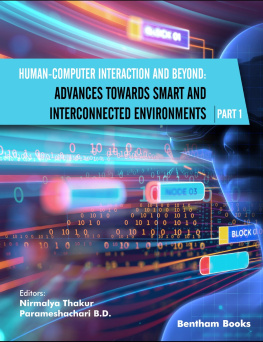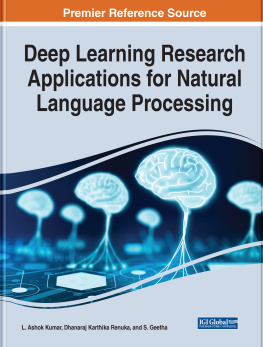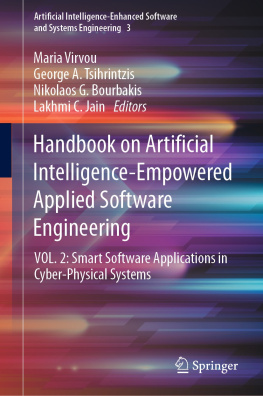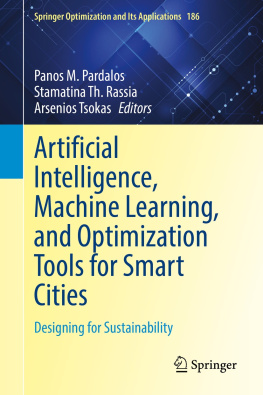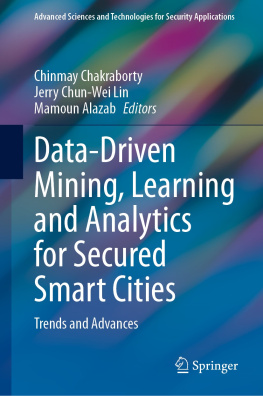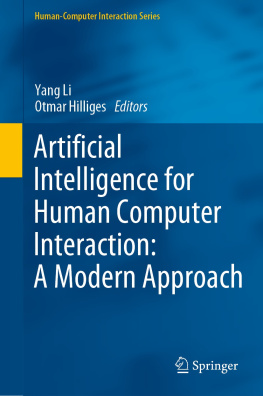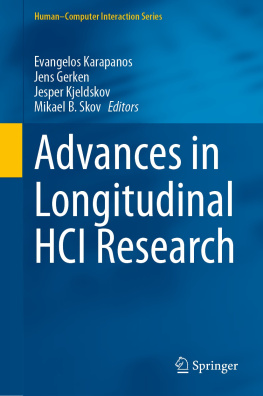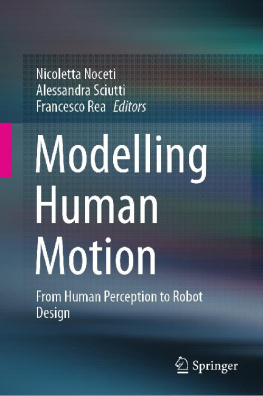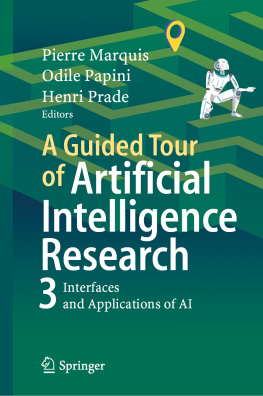A Survey of Approaches for Facilitating Rich User Experience in Healthcare Domain
1 Department of Computer Engineering, Cummins College of Engineering for Women, Karve-nagar, Pune, Maharashtra, India
Abstract
HCI is a discipline concerned with designing, evaluating, and implementing interactive systems for human use. HCI focuses on the fact that people should come first. The healthcare industry has more rapid influence and development with HCI in recent days. Healthcare systems with improved HCI would benefit the industry in terms of quality of service and throughput. In the healthcare domain, the Interaction possibilities are spread in a broad spectrum, i.e., from tangible interfaces to wearable and implanted devices. The survey of the diverse device interactions in various healthcare systems from technological aspects is a significant area of research, useful to the medical fraternity and ordinary people. The presented survey will open up the doors for exploring novel approaches related to the rich User Experience in the healthcare domain for the benefit of society.
Keywords: Artificial Intelligent, DSS, Embodiment, HCI, Health Care, ICT, Implanted devices, Literature Review, Medical Services, Mobile Applications, Multidisciplinary, NLG, PRO, Quality Parameters, SHT, Tangible Interfaces, Ubiquitous Computing, User Experience, Voice Assistants, Wearable devices.
INTRODUCTION
Human-Computer Interface (HCI), also known as User Experience (UE), is the Computer science and engineering domain that focuses on the systems' Human-Centric Development. It influences and incorporates all the major Computer Science domains like Artificial Intelligence, Ubiquitous Computing, Database management, etc. With the tremendous advancement in these technologies, HCI has also flourished to enhance the user experience of almost all the systems used by human beings.
HCI is also a multidisciplinary domain that facilitates human services in many fields like healthcare, gaming, social and organizational management systems, various tangible and auditory interfaces, etc.
HCI is a perfect reflection of how machines can make human beings' lives more comfortable and happier through various handy interfaces. Healthcare is an essential domain. It exploits all the different approaches, tools, and techniques in the medical field to help humans survive and cope with the various health problems arising from genetic issues, improper lifestyle, or health problems due to unforeseen and unavoidable accidents pandemics. As HCI systems are built keeping humans in the center, they prove to be a boon to humankind as right from motor organs to internal organs. Technology can be blended with medical techniques to create beneficial machines and tools. The use of HCI can be witnessed in the smooth functioning of almost all organs and senses. Various Information and Communication Technology (ICT) devices are built to handle multiple human feelings. Some of these ICT modalities include cameras for sight, various input/output devices like touch screens and keypads for touch, pointer devices for haptic control, microphones for hearing, different chemical sensors, and analyzers for smell taste. To enable human interaction with the outside world, different types of interfaces can be designed like gesture interfaces for expressing meaning or idea through various gestures by body parts like fingers, hands, arms, head, face, tangible interfaces, and organic interfaces to facilitate manipulation of object in three-dimension space, auditory and Natural Language interfaces, wearable and implanted device interfaces like pacemakers, etc. With this context, the importance of HCI to support healthcare services can be understood. The literature survey in this chapter encompasses the various possibilities and approaches of enhancement in medical facilities with the help of HCI. The survey considers the various health aspects, including the mental and physical health and use of various wearable and implanted devices for the well-being of humankind.
LITERATURE REVIEW
The literature review focuses on the approaches by researchers on various health aspects. Nowadays, we observe that people are getting more inclined towards a healthy lifestyle and diet due to awareness of junk and processed food. HCI can play a significant role in managing the dietary needs and constant monitoring of the patient. Luca Anselma and Alessandro Mazzei have designed an app, Multimedia Application for Diet Management (MADiMan), for diet management. MADiMan app focuses on two aspects. The first one studies users' dietary constraints and automatically adapts the users' diet through a numerical reasoner. The second part helps the user stick to a healthy diet by generating text messages through Natural Language Generation (NLG) system. The results generated by numerical reasoners are used for this purpose. The use of the reasoning module makes this app different from other commercial apps. The reasoning module generates a numerical representation of the diet and food consumed. This facilitates proper diet management through an app. Whereas the NLG module contains a document planner, sentence planner, and a realize module for providing customization of the messages. The CheckYourMeal app is used to evaluate the NLG module by considering the description of human-based simulation. Two experiments with two distinct groups of people are conducted, and the correctness of the app on various parameters is checked []
Franklin et al. categorized the important usability factors. They discussed some of the parameters that would make the interface practical and usable with specific quality parameters such as safety and reliability. The problems in the interfaces are analyzed from the clinical point of view, and the ways are figured out for usability improvement and for meeting the User Experience needs. They also planned to involve certain significant quantitative factors related to these qualitative factors to address the needs of next-generation healthcare systems to improve the usability of the interface [].
In the case of Asthma, the patient's self-awareness and management of the clinical state of Asthma is beneficial. Otilia Kocsis et al. proposed a short-term prediction approach for asthma control status named myAirCoach, considering training multiple classification models for each monitored parameter and necessary pre-processing methods to enhance robustness and efficiency. The integrated sensors are used to understand physiological, behavioral, and environmental factors to monitor the increase in the symptoms. The work focuses on the prototype implementation of the Decision Support System (DSS) in the myAirCoach project. Various machine learning algorithms like Support Vector Machines, Random Forests, AdaBoost, and Bayesian Network are used. They concluded that the Random Forests and Support Vector Machines classifiers demonstrated overall superior performance for the case studies (models) considered. The dataset of asthma assessment tools of 76 patients was taken into consideration for experimenting. The experiments were conducted using the R language, and the performance of various algorithms was studied [].
Erinc Merdivan et al. presented an overview of existing dialogue management methods and discussed their advantages and limitations. They also proposed a new image-based plan in Facebook bAbI Task 1 dataset in the Out of Vocabulary setting. They concluded that using dialogue as an image performs well and helps the dialogue manager expand out vocabulary dialogue tasks compared to Memory Networks [] presented the review of the current development of mobile health applications for chronic and incapacitating diseases indicative of physical or mental disability in the patient, namely: brain injury, stroke, and spinal cord injury; psychoactive substance abuse and addiction, depression, stress, and anxiety. They searched various applications in both Android and Apple app stores. Based on these search results database is developed, and results are analyzed. They concluded that there is a need for healthcare professionals' involvement in the design and development of apps meant for diagnostic and treatment. They also observed the inequality of users' profiles in both mental and physical mobile apps. They evaluated the usefulness, efficiency, and suitability of the most relevant applications in the Moroccan context and performed a comparison and evaluation of the efficacy of these applications.

